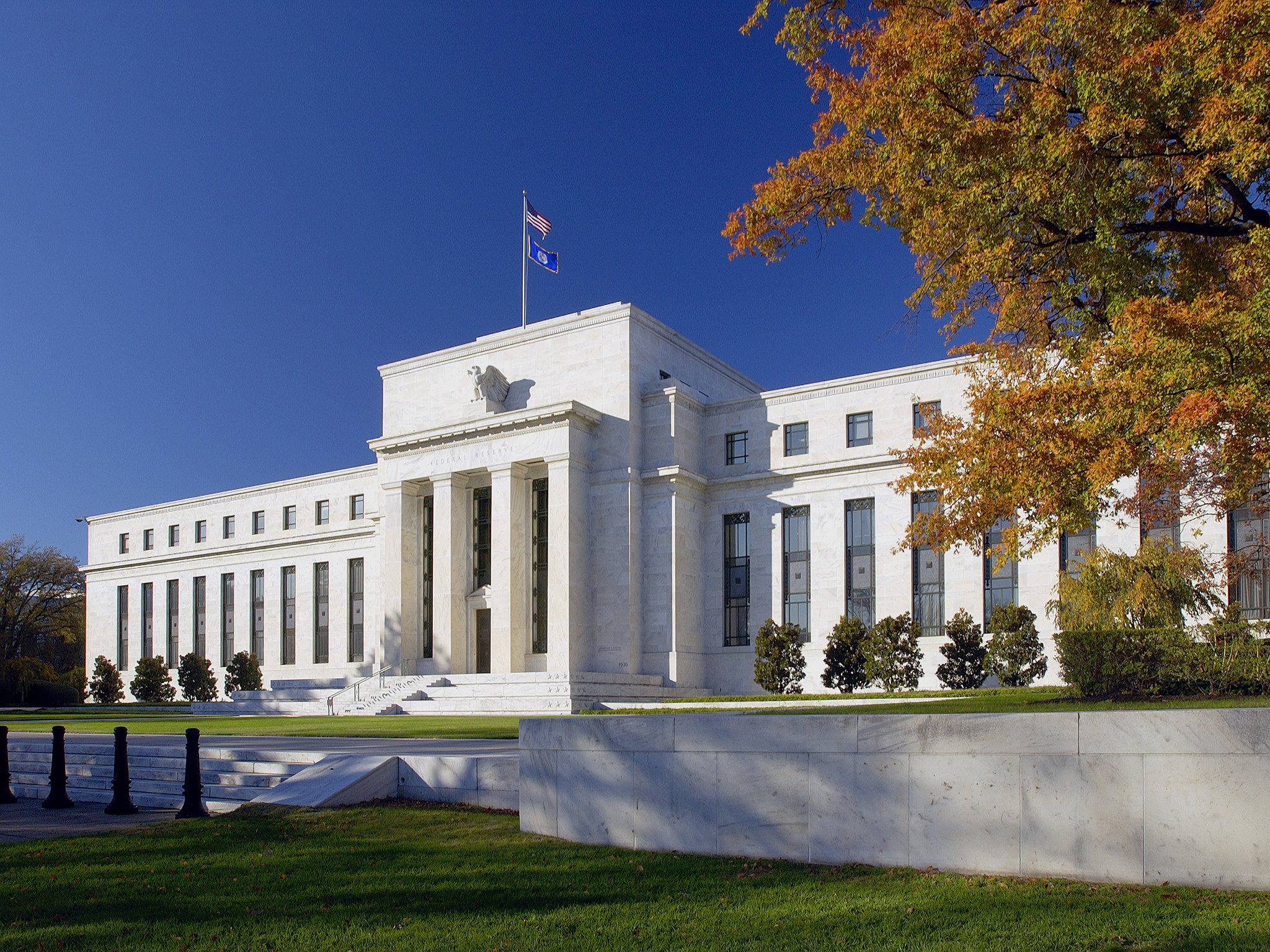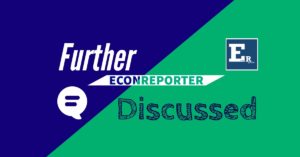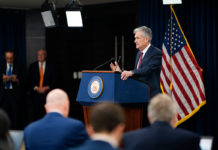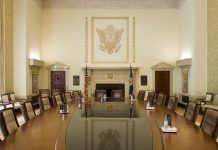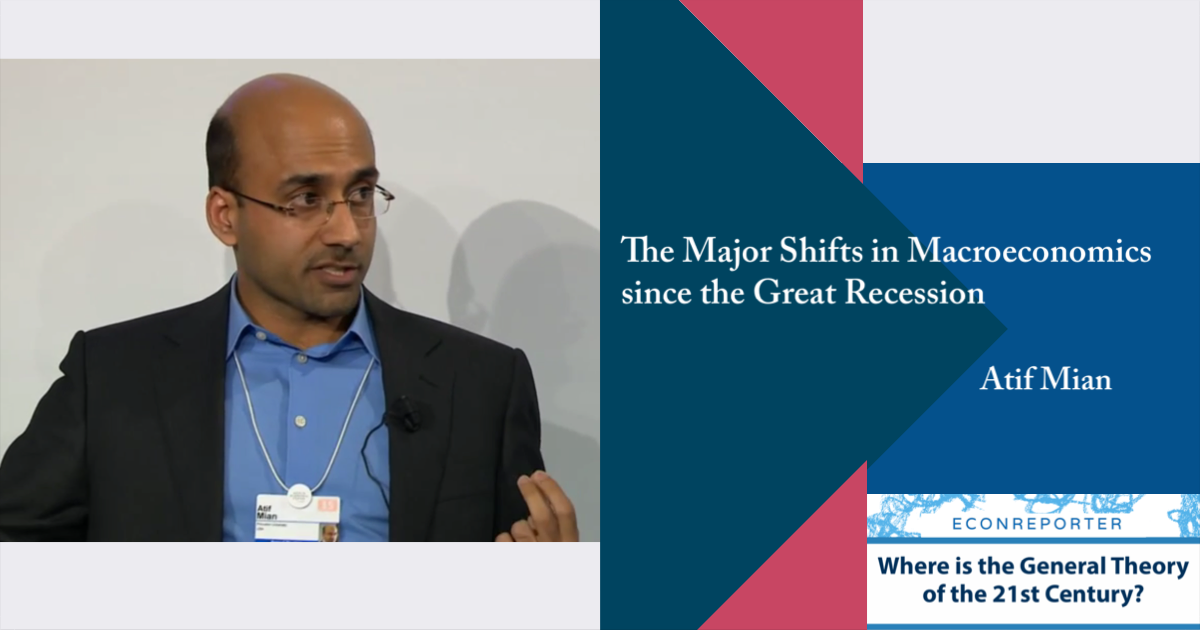When the next crisis hit, we should expect the central banks to adopt unconventional monetary policies just like they did in the last recession. Among them, quantitative easing (QE) seems to be the primary tool that central banks would rely on, as it appeared to yield an encouraging result in preventing the recession from getting worse.
In a recent policy research, Joseph Gagnon of Peterson Institute for International Economics and Brian Sack of D.E. Shaw Group asked an important question: when the Federal Reserve implements QE in the next crisis, should they structure it somewhat differently?
QE: A User’s Guide
This Policy Brief draws on the literature measuring the effects of quantitative easing (QE) as well as the historical experience in implementing QE to lay out a simple strategy for how to use QE.
Based on their observation of how the QE is used around the world in the last decade, Gagnon and Sack suggest that the Fed should use QE the same way as it cuts the benchmark interest rate.
What do you mean using QE the same way as a rate cut? You might ask.
Here is the fundamental point of their argument — according to the authors’ summary of the academies studies, an asset purchase amounted to 1.5% of US GDP (about $300 billion) has estimated to have the equivalent economic effect as a 0.25 ppt rate cut by the Fed. So, if the Fed wants to stimulate the economy with QE, they should purchase about $300 billion of long-term assets and treat it the same as a further 25 bp rate cut.
This suggested approach is in sharp contrast to the way QE programs had been implemented, which have either announced a more massive amount of purchases all at once in the beginning (as in QE 1 and 2 in the US) or declared a much smaller amount that continue indefinitely on a monthly flow basis (QE 3).
Gagnon and Sack argue that the primary purpose of asset purchase programs is to substitute standard interest rate policy, as the short-term interest rate was constrained by the zero lower bound (ZLB) and further cuts might not be desirable anymore.
If this is the case, a QE program that is designed to have a closely similar effect to a regular rate cut should be more natural for the public. It should be easier for them to understand the Fed’s reaction function, compared to that of a surprising and significant in size program like the QE 1.
Also, many economists agree that the stimulative impact of QEs is related to the stock of long-term assets held by the central bank, the so-called stock theory of QE effect. Hence, as Gagnon and Sack argue, the Fed can use the level of its long-term assert holding as a proxy policy tool of the interest rate, which is stuck at the ZLB.
The two researchers suggested that the Fed should engage in QE exactly the way they cut interest rates — announce a $300 billion purchase after an FOMC meeting, then purchase the stated amount of long-term assets (preferably Treasury) during the interval before the next meeting.
One advantage of the proposed QE structure is that it has embedded “inertia,” a characteristic that one-time large-scale purchase program like QE1 doesn’t have.
“Inertia means that when you decide to move the rate, you tend to move it again in the same direction,” Gagnon explained in an email reply to EconReporter’s inquiry.
He said the advantage of having “inertia” in the monetary policy is important “in part because economic variables may have the same property of tending to move in the same direction for a while and in part because you don’t want to move too fast.”
A monthly flow-based program (like QE 3) also has inertia embedded, as “a monthly flow rate is like a promise to cut the rate by a tiny amount each month until some goal is reached,” Gagnon said in the interview. But the difference is that their suggested new design allows the Fed to have the discretion to decide the appropriate action at the time of each meeting. Arguably this gives the Fed more leeway to adjust the policy direction in real time.
Also, a monthly flow-based program that the Fed implemented had a smaller purchase amount each period; for example, the monthly purchase amount of QE 3 is equivalent to a 0.07 ppt rate cut, what doesn’t fit the norm of 0.25 ppt or 0.5 ppt rate changes the Fed usually practices.
Some readers might wonder, if the asset purchase program is used as equivalent to a rate cut when the time for rate hike comes, does it mean that there will be two interest rate level prevailing? One is the nominal interest rate that the Fed announced, another is the nominal rate minus the stock theory of QE effect.
“I agree it is more complicated to explain [to the public],” Gagnon agrees that this might be a potential issue that the Fed will face.
Yet, this is hardly a problem the suggested QE design needs to account for; in fact, this “two interest rates” issue “is already causing some confusion” in the ongoing tightening cycle of the Fed, Gagnon said. As he observes, “some FOMC participants talk about remaining QE assets as an element of policy ease and others ignore that.”
“[Fed Officials] are going to have to think more clearly about this. For example, the neutral rate with lots of QE assets is different from that with few QE assets.” Given this potential communication challenge, however, Gagnon thinks that “it is [still] better to let assets run off slowly and tighten the interest rate before assets runoff,” in future tightening cycle if QE is used.
Some economists founded that, during the last three QEs in the US, the US Treasury was extending the average maturity of debt issuance, which in theory is a kind of reverse QE and might have hampered the effectiveness of QE.
In the policy brief, Gagnon and Sack haven’t directly explored this potential conflict between the Fed’s QE and Treasury’s maturity management; lucky for us, Gagnon has this further discussion with us in the interview.
“My understanding is that Treasury’s maturity target was raised long before QE1 and there was an agreement between the Fed under Bernanke and the Treasury to stick with the previously planned target. At some point later, some Treasury official made an unfortunate comment about changing maturity target, which [Larry] Summers (former US Treasury Secretary) criticized, rightly in my view,” Gagnon explained.
Gagnon suggests a simple solution to avoid a conflict between QE and the Treasury’s maturity management, “all that is needed is an agreement with Treasury that their debt issuance policy is fixed in advance and is not changed in response to the state of the economy. For example, Treasury should have a target average maturity that is constant. Surprise increases and decreases in borrowing needs should be met by changing short-term issuance at first and then slowly adjusting long-term issuance to get back to the target average maturity.”
[Traditional Chinese version of this article can be found here.]


